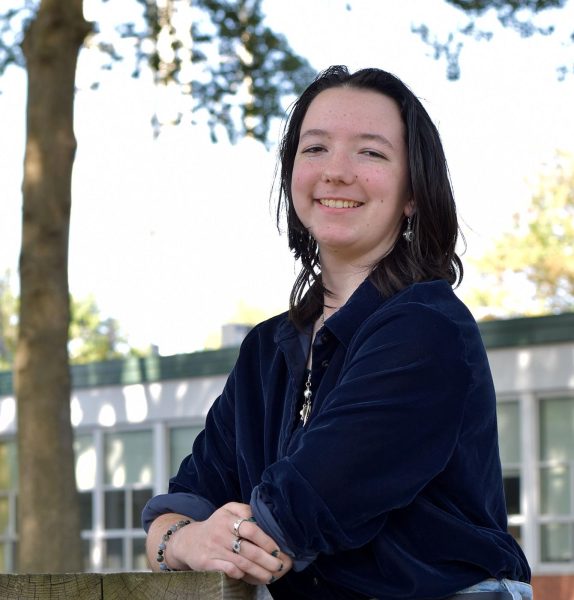On April 17 of this year, playwright, composer, lyricist and two-time Tony award winner William Finn died at 72. You might know him for “The 25th Annual Putnam County Spelling Bee,” “A New Brain” or my favorite musical (and the subject of today’s blog) “Falsettos.”
“Falsettos” is a two-act, sung-through musical about love, family, masculinity and the AIDS crisis. And, central to its effectiveness as a musical, it’s a story about gay and jewish people written by a gay jewish man. “Falsettos,” in many ways, is William Finn using his own experiences to tell a very real, emotional story.
The show follows Marvin — a gay man in 1979 who divorced his wife, Trina, for his friend Whizzer — as he struggles to connect with his son, Jason, and hold on to his dream of having a “tight-knit family.” And working as Marvin’s (and eventually Trina and Jason’s) eccentric psychiatrist is Mendel — who certainly creates more problems for Marvin than he solves.
The second act, set two years after the first act, sees the introduction of the final two characters: the lesbians from next door, Cordelia and Dr. Charlotte, who become friends with Marvin once he grows as a person.
It’s near impossible for me to express everything I love about this musical without writing thousands of words, analyzing every line of every song and spoiling the show entirely — but I will try to give the briefest of overview I can of what makes “Falsettos” so special.
Every character in “Falsettos” is deeply neurotic in some way. Marvin has anger issues and a strong attachment to his toxic conceptions of family and masculinity, Trina was married to Marvin and the male-dominated society she lives in is actively driving her insane, Mendel is doing things that should have his license revoked, Whizzer is allergic to commitment and is dating Marvin — I could keep going.
The point is, these flaws and idiosyncrasies create memorable, incredible characters that I’m just completely obsessed with. And the way William Finn and his co-writer James Lapine use these characters to tell the themes of the story is just beautiful.
That’s not even mentioning the hilarity, heart and ear-worm quality of every single song on the soundtrack. It’s all music the entire show and not a single one of them misses.
Right, so I hope that’s enough gushing about how much I love this musical. Well, for me it’s not — I’m stopping for your sake. But now that I’ve obviously sold you on the fact you need to watch this musical right now, you’re probably wondering where exactly you can see it.
The good news is that there was an official pro-shot of the 2016 revival of “Falsettos” that aired on PBS and was available on Broadway.com for some time. The bad news, though, is that it’s no longer available for viewing.
As an alternative, you could always listen to the official cast recording of the musical on Spotify or other streaming apps — it’s a sung-through musical, so you won’t miss any dialogue. However, you will miss a lot of the visual storytelling and — most tragically — some of the goofiest dancing I’ve ever seen, particularly during the song “Jason’s Therapy.”
Of course, there are always illegal bootlegs on YouTube and such — but I would never explicitly recommend you watch them, nor would I tell you if I’ve watched bootlegs like these myself. All I’ll say is that they are remarkably easy to find, were you the type of person to go looking for them.
Or, alternatively, you could see a production of “Falsettos” just a few hours away at the Keegan Theatre in D.C. The production is running until June 15 and, if you get tickets for June 1, you might just see me there.





